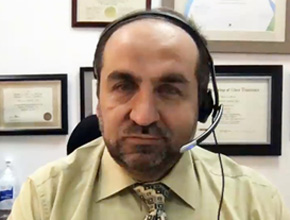Dr Susan Kahn is a professor in the Department of Medicine at McGill University, codirector of the Canadian Venous Thromboembolism Research Network (CanVECTOR), and founder of the McGill Thrombosis Fellowship.
Who should receive venous thromboembolism (VTE) prophylaxis before a long-haul flight? What form of prophylaxis should be used?
Susan Kahn, MD, MSc: Long-haul air travel, which is defined as flights of 4 hours or longer, does increase the risk of VTE by about 3-fold. However, when you look at it on a population basis, there are billions and billions of people who fly each year and the overall absolute incidence of VTE is exceedingly low.
Our American Society of Hematology (ASH) guideline panel makes a recommendation only for those patients who are considered to be at increased risk of VTE. I will explain what that means in a moment. For those patients at increased VTE risk who are undertaking long-haul air travel we recommend the use of either low-molecular-weight heparin prophylaxis or elastic compression stockings for flight prophylaxis. In cases where neither of those options is accepted by the traveler, we say that aspirin is an acceptable alternative. Conversely, in patients who are not at elevated VTE risk, we do not recommend any prophylaxis.
I will just go back to explain what I mean by an air-traveler at elevated VTE risk. That would include someone who has a previous history of VTE, someone who is obese, who has had recent major surgery, who has active cancer, a pregnant woman, or someone with any of those risk factors in combination with other milder risk factors, such as someone with recent surgery who is also on hormone replacement therapy. Those would be defined as increased-risk travelers and our guideline recommendation to use prophylaxis only applies to those types of travelers.
 English
English
 Español
Español
 українська
українська








